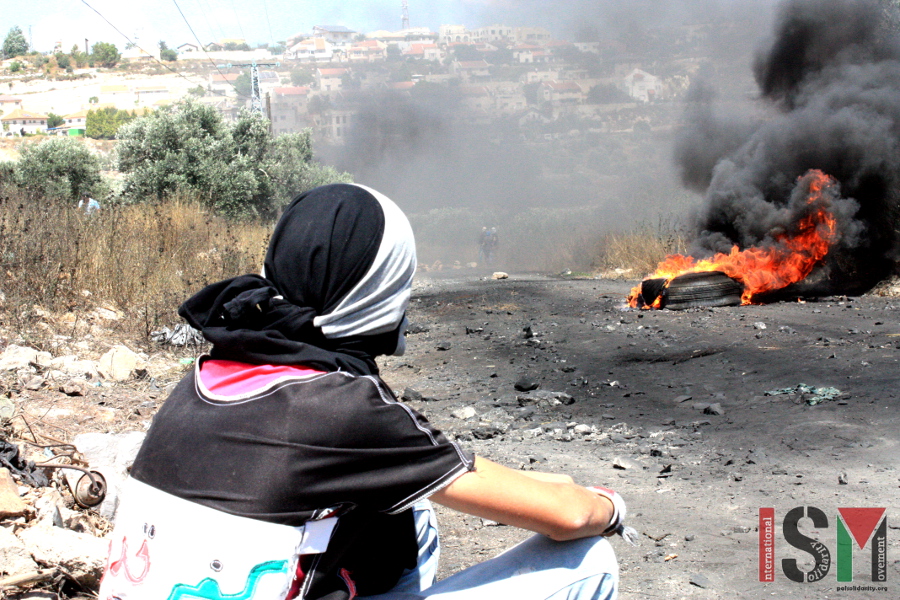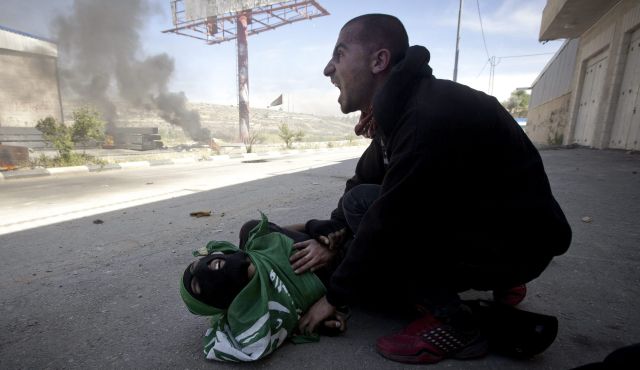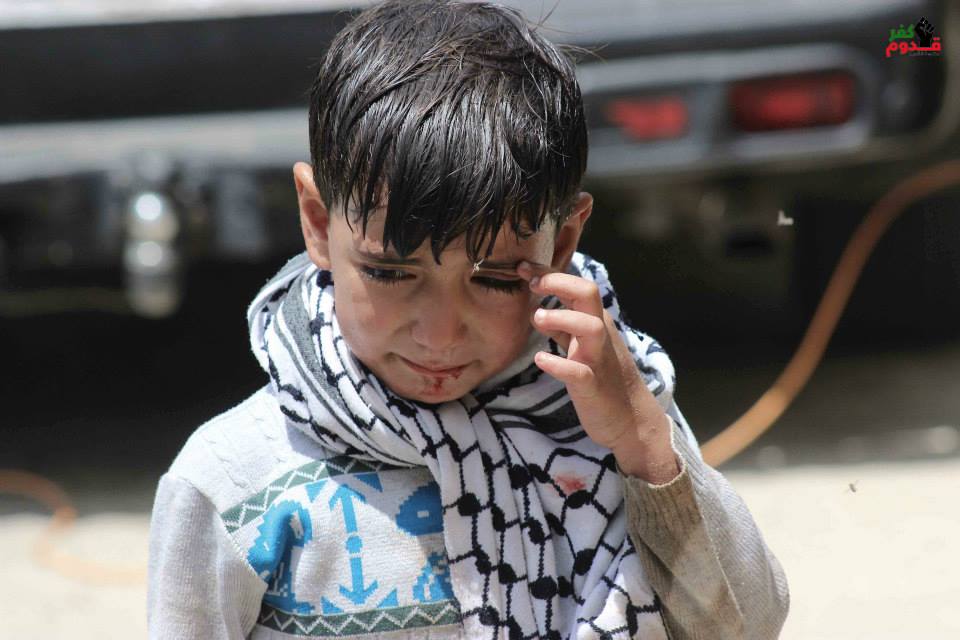Tag: Live Ammunition
-
5 Palestinians shot in Kafr Qaddum
12th June 2015 | International Solidarity Movement, Al Khalil Team | Al Khalil, Occupied Palestine At Kafr Qaddum’s weekly demonstration yesterday, 12th June 2015, Israeli occupation forces invaded the village hours before the protest was set to start. Five Palestinians were shot with live ammunition. Two were shot in the leg, one was shot in the arm and two were shot in the…
-
Recollection and memory, Al-Nakba continues
15th May 2015 | Karam (Muhannad) | Ofer military prison, Occupied Palestine The following post is written by the medic that was present on the scene on May 15th 2014, during the killing of Mohammad Odeh and Nadeem Nuwwarah as protesters commemorated al-Nakba near Ofer Military Prison. During Nakba day commemoration, Birzeit’s student council were trying to…
-
Hundreds of unarmed demonstrators confront live fire at Kafr Qaddum on Nakba Day
15th May 2015 | International Solidarity Movement, Huwarra Team | Kafr Qaddum, Occupied Palestine Today (15th of May), during the Nakba day demonstration in Kafr Qaddum, four young men were shot with live ammunition in their legs. One of the men got a serious bone fracture. Apart from the live ammunition being shot from all directions, Israeli forces…



